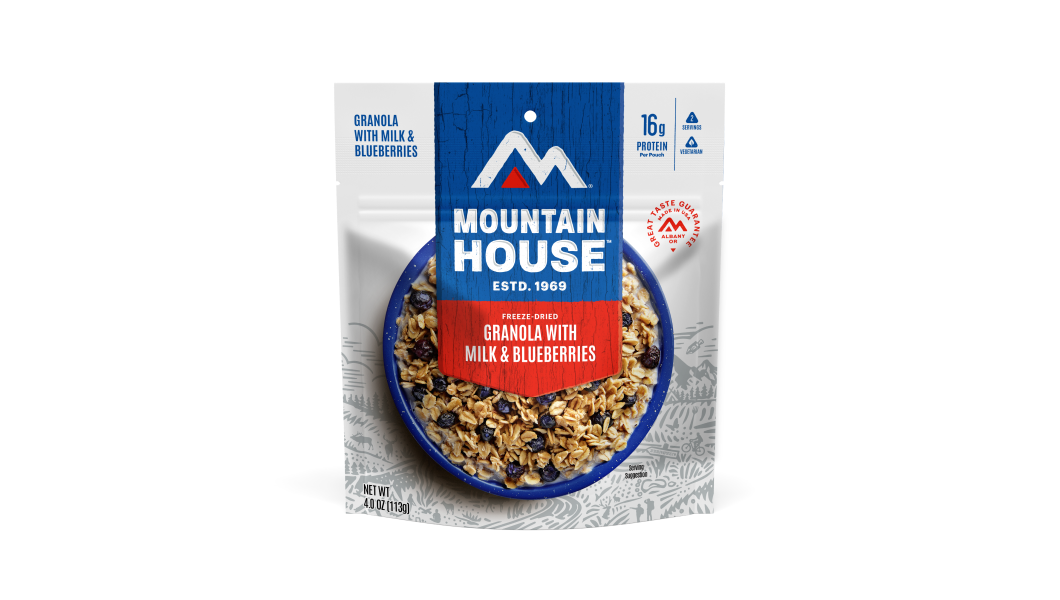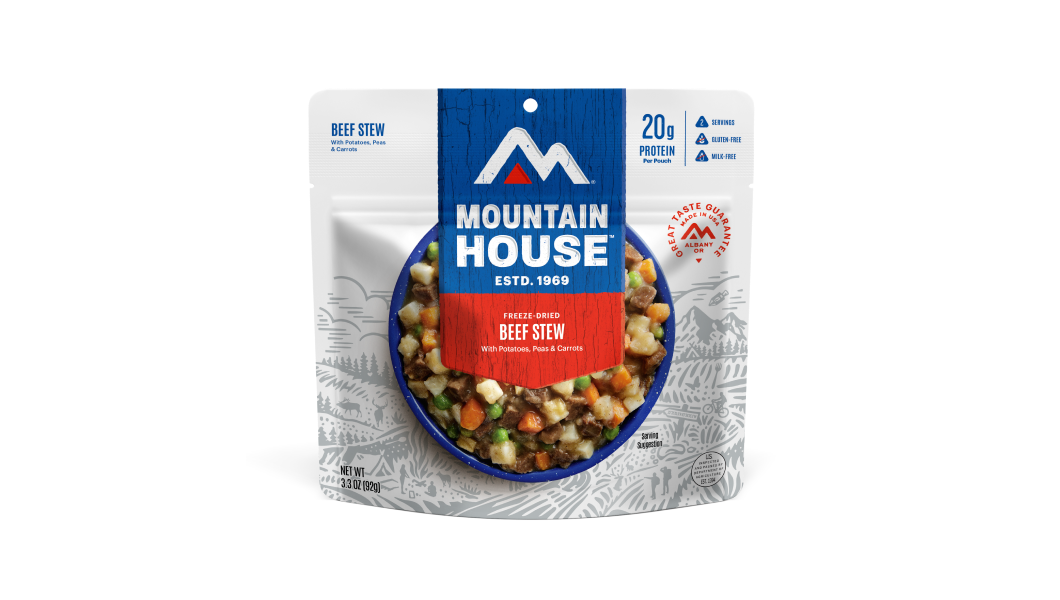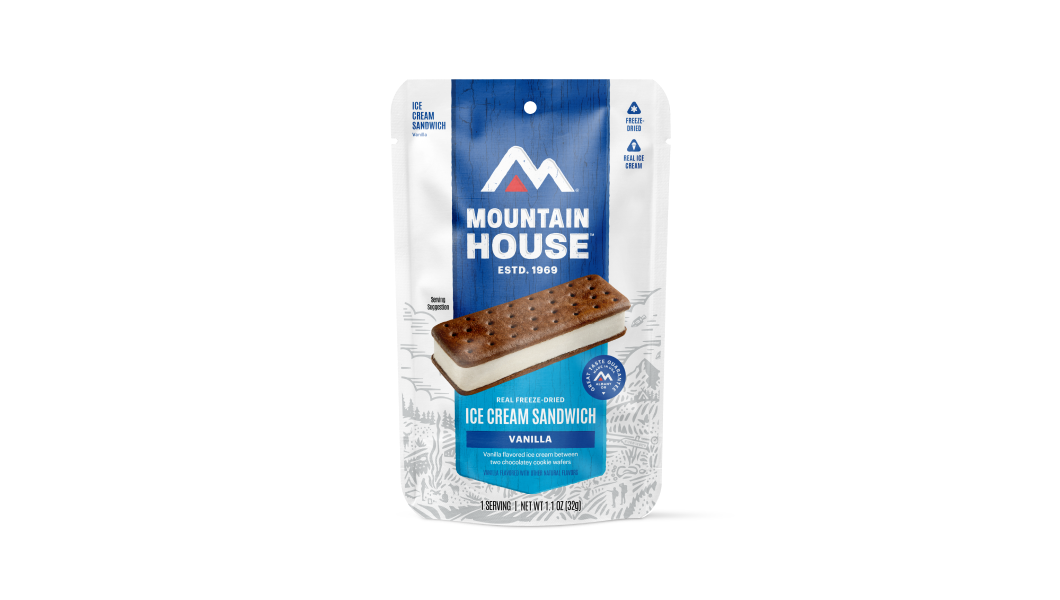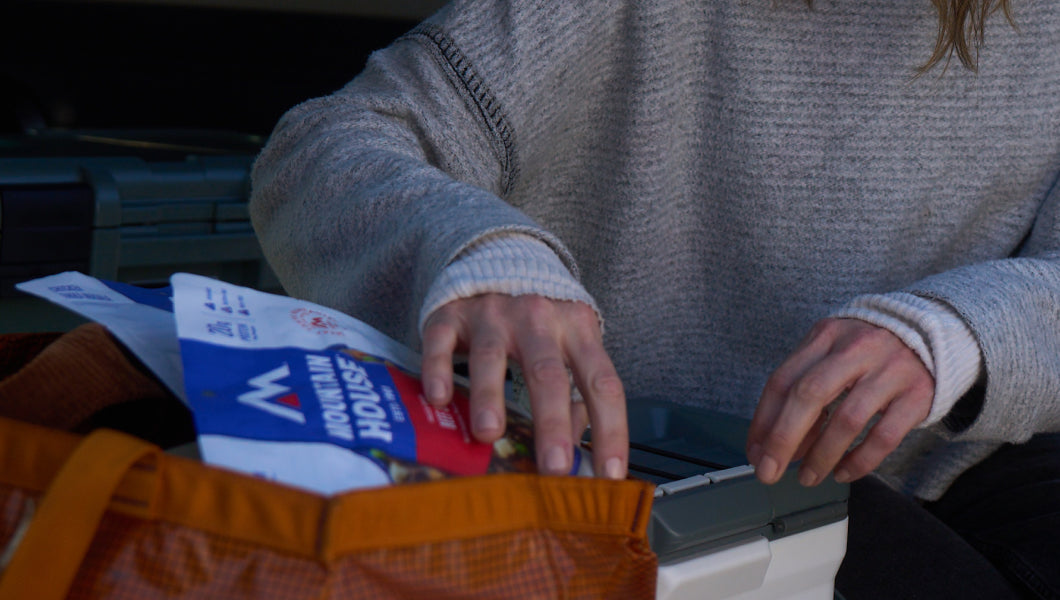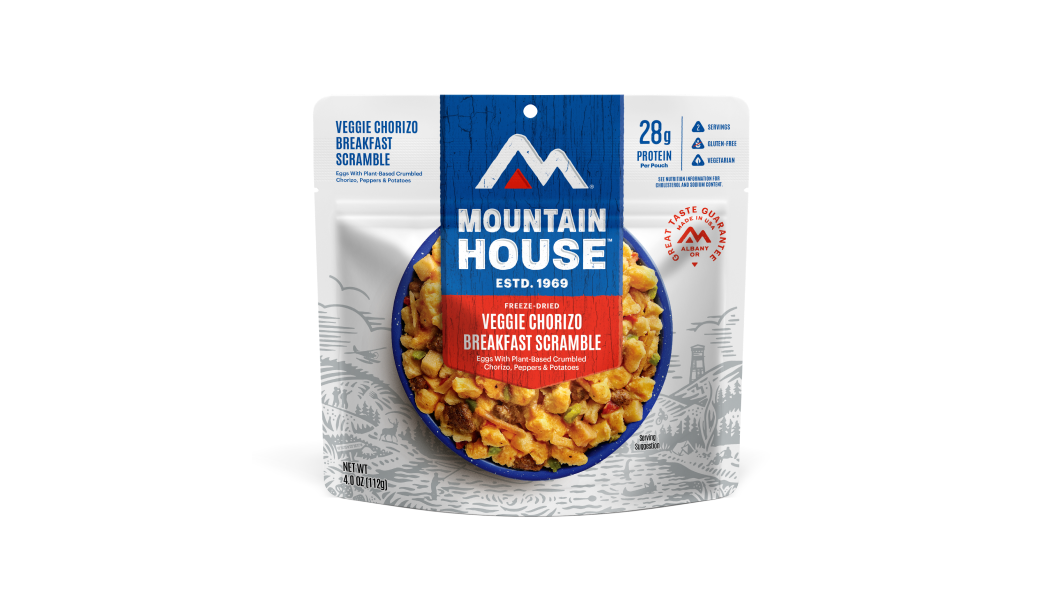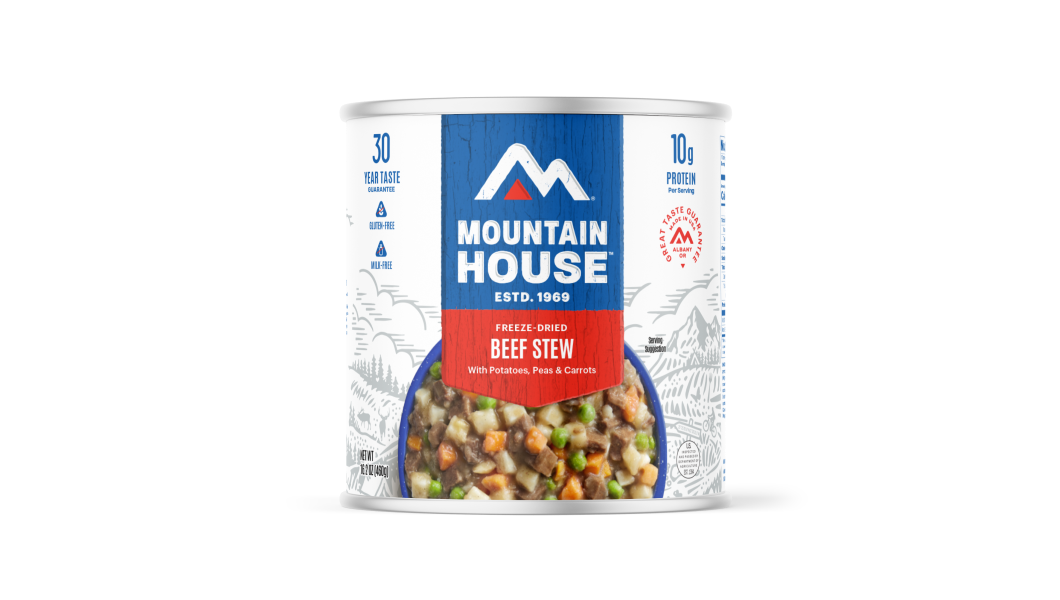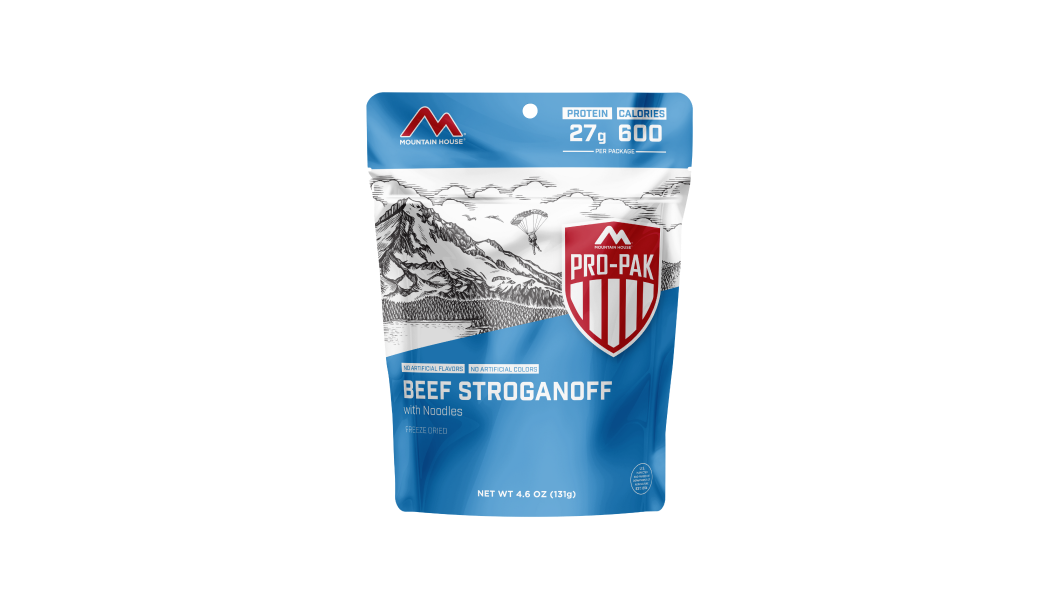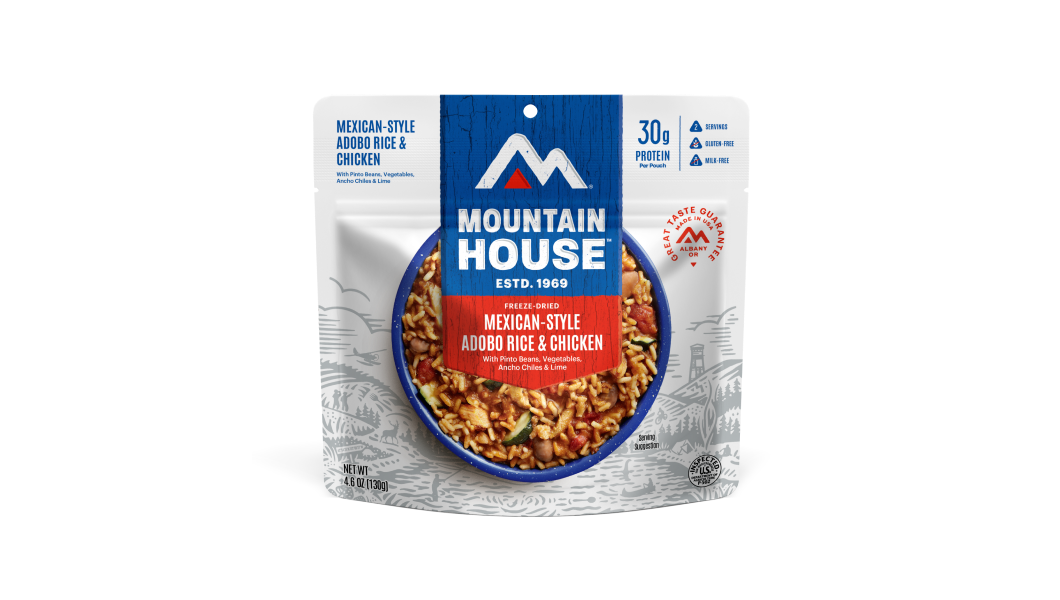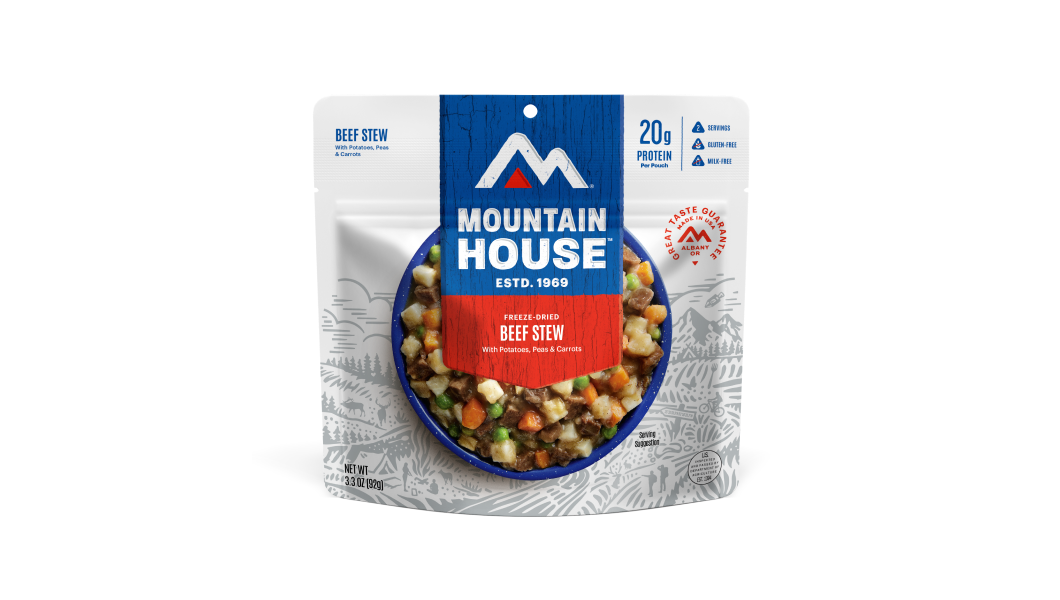Inspired for an Adventure? Check out Beef Stroganoff - Pouch and Beef Stew - Pouch
Add description, images, menus and links to your mega menu
A column with no settings can be used as a spacer
Link to your collections, sales and even external links
Add up to five columns
Add description, images, menus and links to your mega menu
A column with no settings can be used as a spacer
Link to your collections, sales and even external links
Add up to five columns


Building a reliable food storage system is at the heart of homesteading and self-sufficiency. By carefully selecting versatile, shelf-stable ingredients and organizing them for easy rotation, you’ll create a pantry that supports everyday cooking while also standing ready for power outages, weather emergencies, or other unexpected disruptions.
In this guide, we’ll cover some of the basics of DIY food storage, from what types of ingredients to select to the best storage locations and budget-friendly strategies for steadily growing your reserve. We urge you to read through this article alongside our “Basic Emergency Food Storage Principles” article, which is a helpful companion guide focused specifically on emergency preparedness.
All right, then—let’s get started!
What is a Home Food Storage System?
At its core, a home food storage system starts with the basics of survival: every household should have enough emergency food on hand to last at least 72 hours. It’s even more ideal to have a two-week supply of non-perishable, shelf-stable staples—for people and pets alike—to carry you through longer disruptions.
But this sort of shoring-up goes beyond emergency food storage (essential as that is) and is also simply about basic self-sufficiency, sustainability, and food security, giving you a firm foundation for meeting caloric/energy needs without relying on external sources. In other words, it’s homesteading 101, building resilience one shelf at a time. Even if it’s not a raging wildfire, 100-year flood, Category 4 or 5 hurricane, or a power-grid failure that you’re facing, having such a long-term backup food supply can help you weather a temporary spike in grocery prices or a shortage of essential staples. (That can very much translate to cost savings, too.)
And, in fact, setting aside some affordable, shelf-stable ingredients to have on hand can even expand and diversify your household menu, challenging you to come up with fresh meal ideas using basic and wholesome components.
How to Plan Your Food Storage
It’s a good idea to think of your family’s home food reserves in terms of short-term supplies, long-term supplies, and survival rations. Each should be calibrated to the size of your household, dietary needs (including food allergies), and how much adequate storage space you have available. A general target to aim for in terms of energy intake is a minimum of 2,000 to 2,500 daily calories per person, though certain situations demanding greater energy expenditures may absolutely call for larger inputs.
What to Stock in Your Home Food Storage System
But what should you actually be stockpiling for long-term food? In this section, we’ll spotlight some of the general categories and kinds of foods that are ideal for this purpose. (Bear in mind those categories we’re detailing here aren’t mutually exclusive; there’s plenty of overlap.)

Photo by Ambitious Studio* | Rick Barrett on Unsplash
Shelf-Stable Ingredients
Widely available, typically affordable, and easy to rotate into regular meals, your home food storage should include these foundational shelf-stable linchpins:
- Rice
- Oats
- Pasta
- Dry beans
- Canned vegetables and soups
- Peanut butter, or other nut butters
This category also includes home-canned and frozen goods—think fruit preserves, pickles, tomatoes, broths, and even meats prepared via water-bath or pressure-canning methods. Fresh harvests from your garden can be transformed into long-lasting canned staples, boosting both self-sufficiency and sustainability. Properly canned goods can last a year or more when stored in a cool, dark place (more on that soon); just check seals regularly and rotate items so the oldest are used first.
Freeze-Dried and Dehydrated Foods
The idea behind both dehydration and freeze-drying is to remove as much moisture as possible from foods to make them more shelf-stable and lightweight. Dehydrated eats are great and easy to prepare in a DIY fashion with the right equipment, but freeze-drying removes significantly more moisture, translating to a lighter, longer-lasting provision, plus one that preserves more of the nutritional value and flavor of the original food item.
Consider adding the following freeze-dried foods to your storage system:
- Breakfasts - Quick-rehydrate options like scrambled eggs that fuel your morning routine and rotate easily through your pantry.
- Hearty Entrees - From pepperoni pizza to Korean beef bulgogi, a diverse selection of no-fuss meals ready in minutes.
- Desserts - Sweet treats like ice cream sandwiches that lift spirits and round out your meal plan.
Thanks to our proprietary freeze-drying method, Mountain House meals are just about unbeatable as a long-term food-storage option (not to mention, of course, fuel for hiking, backpacking, hunting, angling, paddling, and other great outdoors adventures), and only require hot water to prepare.
Powdered and Dry Goods
A well-stocked pantry relies on versatile dry goods, ideally stored in airtight food-grade containers, including:
- Flour
- Sugar
- Baking powder
- Salt
- Powdered milk
- Drink mixes
These staples support everyday cooking, home baking, and preserving, while also adding variety to your meals. Keeping a stock of these essentials helps maintain self-sufficiency and a sense of normalcy when unexpected situations arise.
Proteins
Proteins are essential for general energy and repairing taxed muscles and other tissues. From jerky to canned meats such as tuna, chicken, and Spam, you’ll want to have these on hand as well among your food storage solutions.
Our Mountain House #10 cans, as it happens, are fantastic options for protein-boosting provisions. Choose from bulk freeze-dried chicken, beef, or sausage, all backed by our 30-year taste guarantee.
Nutritional Balance and Variety
A thoughtful medley of carbs (fast, high-energy hits), proteins (muscle repair, etc.), and fats (slower-burning, longer-term fuel and nutrient absorption), not only helps cover your energetic and metabolic needs but tends to establish the sort of dietary variety we all need after a certain point.
Don’t forget about vitamins, seasonings, and other supplements.
How to Store and Make Food Last
Proper storage is crucial when building your food system because it protects your investment, preserves nutritional value, and prevents waste. Without the right conditions, supplies can spoil, lose flavor, or attract pests, undermining your self-sufficiency efforts.
- Select a storage area that’s out of direct sunlight, not exposed to heat sources, and is protected as much as possible from water infiltration and other moisture.
- Transfer foods into airtight, waterproof containers such as screw-top jars or sealable plastic pouches to block humidity and pests.
- Follow the FIFO method—First In, First Out—to keep items fresh by using older items first.
- Label your food-storage containers and include expiration/packaging/best-by dates, cooking instructions, and other pertinent details.
- Inspect regularly and discard food containers that show potential signs of spoilage, such as bulging or leaking cans or off-odors.

Image by Michal Jarmoluk from Pixabay
Additional Tips for Success
You don’t have to make or purchase the entirety of your emergency/long-term food provisions at once! Starting small and building over time is an essential part of making emergency preparedness part of your routine. Adding some non-perishable items to every grocery trip is one way to spread out the cost and effort.
Do your best to reassess your long-term food storage inventory every six months to a year. Remember this insightful mantra: “Use what you store, store what you use!”
A couple of other important points: Don’t forget water when you’re gathering your emergency provisions, and encourage family participation in the process!
Stock Your Food Storage System With Mountain House
Mountain House meals require no refrigeration, are lightweight and packable, have an exceptionally long shelf life, and are quick and easy to prepare, making them a perfect addition to your long-term food storage system.
Alongside our camping/backpacking, hunting/angling, and other categories of freeze-dried goodness, we offer a variety of emergency/survival products, including multi-day kits that make long-term food storage easy!

How To Be An Urban Prepper

How to Prepare for a Long-Term Power Outage


Stay Hungry for Adventure
Sign Up for Delicious Outdoor Meals & Exclusive Offers!
By clicking ‘Join Now’, I agree to the Terms of Service and Privacy Policy.


Join the adventure
©2024 Mountain House — All Rights Reserved.
Your Cart is Empty
Continue ShoppingYour Cart
Subtotal
$0.00
EXPRESS PAYMENT METHODS AVAILABLE IN CHECKOUT
Taxes and Shipping Calculated at Checkout
